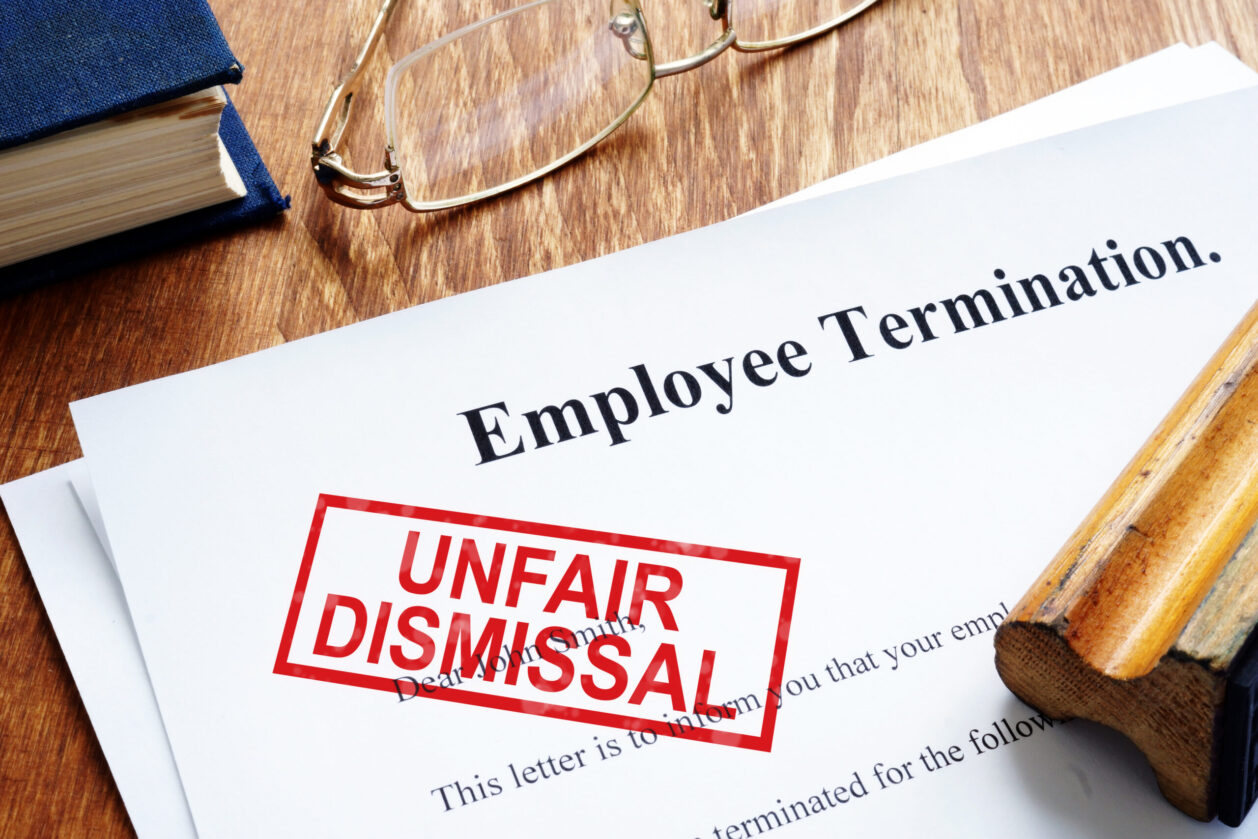As Australia experiences its first recession in three decades and its deepest since the Great Depression of the 1930s, many businesses are being forced to downsize.
Redundancies are a common part of any business restructure, occurring when certain roles are no longer necessary to an operation.
Here, we outline the best ways to approach redundancies and explore employers’ rights around the issue.
What is redundancy?
Redundancy arises from an employer’s decision to apply significant changes in their business due to a shift in operational requirements.
By definition ‘redundancy’ is where an employer has made a definite decision that they no longer wish the job to be done by anyone. If an employer faces a downturn in work, restructuring, cutbacks or a loss of funding, they may need to make redundancies.
How much do I need to pay?
How much you need to pay out depends on how long the employee has been in their job, and their usual rate of pay.
The National Employment Standards set out the minimum redundancy provisions, including consultation requirements, for national system employers as of January 1 2010, within the Fair Work Act 2009.
Communication
Good communication and consultation aren't just best practice, but mandatory requirements of the redundancy process.
Businesses need to meet the required consultation and notice periods and keep records as proof as they go.
Which businesses are eligible?
If your business has 15 or more employees and the relevant workers have been employed for 12 months or more, a redundancy payment most likely applies.
The Fair Work Ombudsman (FWO) lists the circumstances where redundancy payments may not apply, including where an employee is terminated for misconduct.
CCIWA Employee Relations Advisor Chris Nunn explains that employers can apply to the FWO to reduce a redundancy payment by filling out a form on the ombusdman’s website called F45A.
If a company has found other suitable employment for the worker or if they cannot afford a redundancy payment, the ombudsman may make allowances, as Nunn explains.
“They'll basically take into consideration the circumstances of the redundancy and potentially reduce the amount of severance to be paid…down to nothing,” he says.
“Normally, it's just a percentage base reduction based on if the person has found other work and the specifics of that situation.”
Nunn adds that if a person’s primary role was made redundant but they were given an opportunity to redeploy into another role within the business but did not take it, the FWO may revise down their redundancy payment.

Other considerations
You may be able to renegotiate staff contracts, rather than reduce your workforce, to reduce costs.
However, if you do scale back your employee’ hours you will need employee consent first or it may be considered a redundancy.
In a recent Federal Court decision, an employee was found to be entitled to a redundancy payment because her hours of work were reduced without agreement, even though she continued to work for the employer.






